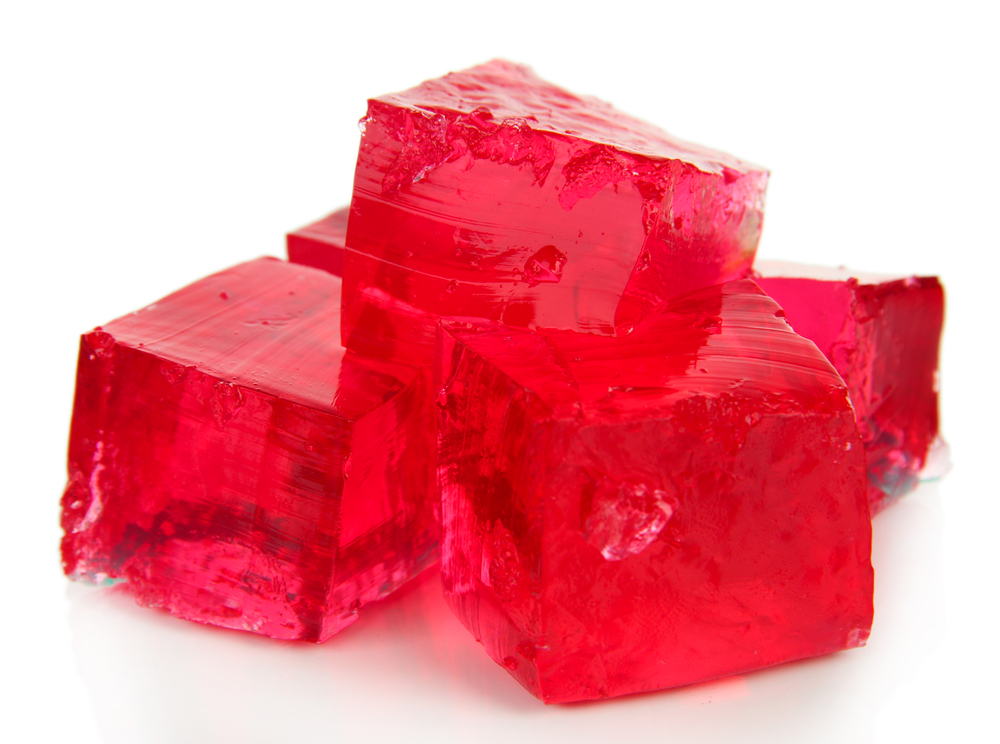Amyotrophic Lateral Sclerosis Linked to Deficient Translation of RNA into Proteins

Neurodegenerative diseases such as Alzheimer’s, Parkinson’s and amyotrophic lateral sclerosis (ALS) all share a disease hallmark, the aggregation of “misfolded” proteins. Understanding the molecular processes underlying protein aggregation and how it leads to disease is an important step toward developing new therapies. Now, researchers at the University of Cambridge, in collaboration with the University of Toronto, looked at how the protein FUS, whose mutations are related to ALS, undergoes important “phase transitions” with an impact on RNA translation.
The study in which they describe their findings is entitled “ALS/FTD Mutation-Induced Phase Transition of FUS Liquid Droplets and Reversible Hydrogels into Irreversible Hydrogels Impairs RNP Granule Function” and was published in the journal Neuron.
Approximately 10%-15% of patients with frontotemporal degeneration (FTD) also present degeneration of motor neurons leading to muscle weakness such as in ALS, a syndrome known as ALS/FTD. Deposition of RNA binding proteins (RBPs) is found in the nucleus and cytoplasm of neurons in the brain and spinal cord of ALS/FTD patients. FUS is one of those RBPs, which plays a key role in translating RNA into proteins. RBPs have weakly structured protein domains, known as unfolded domains, allowing the protein to undergo reversible “phase transitions.”
The team found that FUS changes back and forth from a fully soluble ‘monomer’ form into liquid-like droplets and then further condense into jelly-like structures, known as hydrogels. These “phase transitions”enable the cell to transiently concentrate the machinery for RNA transcription and translation within a restricted three-dimensional space. This process is probably faster and less energy-costly than having a limited membrane and structured organelle, and it may be crucial for protein synthesis in nerve cell axons of motor neurons.
Using an experimental model of ALS and frontotemporal dementia (C. elegans), researchers demonstrated that if FUS has alterations to its structure as those found in patients, it could form irreversible thick gels. As a result, important proteins are trapped, preventing RNA translation and causing neurodegeneration.
To illustrate FUS physical behavior, researchers compared it to jelly, since just like jelly, the protein can change between liquid droplets, gelatin fibers or be firmly set. So if FUS is in a hydrogel (gelatin-like) state it holds proteins required for RNA translation, which can be carried to different locals in the cell. But if FUS turns into a condensed jelly, the machinery is trapped and cannot be used by the cell.
Researchers have shown that this happens in disease-causing mutations, which makes these proteins much more prone to spontaneously condense into thick fibrous gels. “We’ve shown that a particular group of proteins can regulate vital cellular processes by their distinct ability to transition between different states. But this essential property also makes them vulnerable to forming more fixed structures if mutated, disrupting their normal function and causing disease,” lead author Peter St George Hyslop explained in a press release. “The same principles are likely to be at play in other more common forms of these diseases due to mutation in other related binding proteins. Understanding what is in these assemblies should provide further targets for disease treatments.”
He concluded: “Our approach shows the importance of considering the mechanisms of diseases as not just biological, but also physical processes. By bringing together people from the biological and physical sciences, we’ve been able to better understand how misshapen proteins build up and cause disease.”






